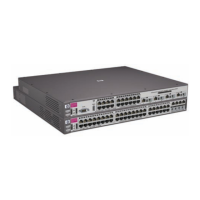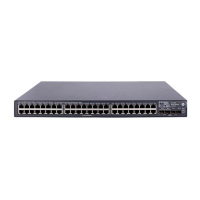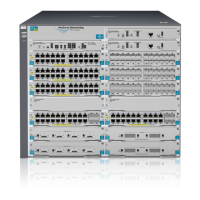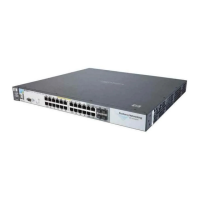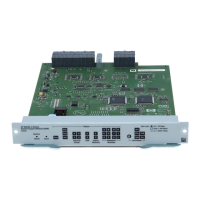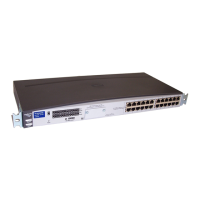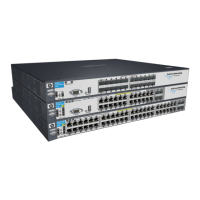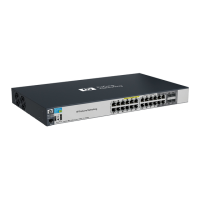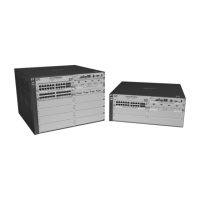What to do if HP ProCurve 3400cl-48G Switch port is not operating as expected?
- JJane Neal MDJul 31, 2025
If a port on your HP Switch isn't working correctly, use the switch console to check its configuration. Verify that the configuration is correct and doesn't have any improper or undesired settings.
